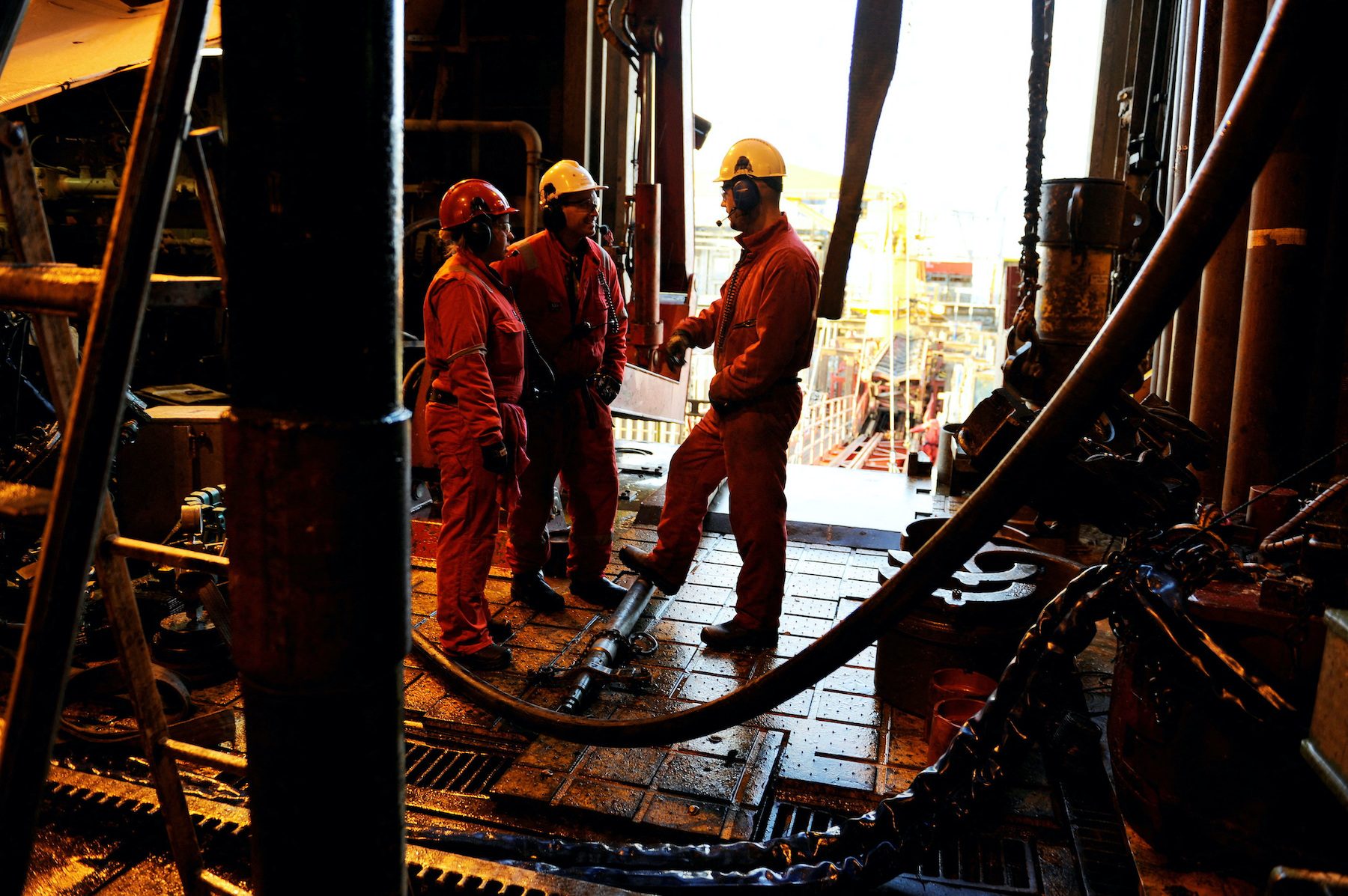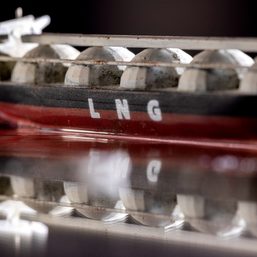SUMMARY
This is AI generated summarization, which may have errors. For context, always refer to the full article.

OSLO, Norway – Norwegian offshore oil and gas workers went on strike over pay on Tuesday, July 5, the first day of planned industrial action that could cut the country’s gas exports by almost 60% and exacerbate supply shortages linked to the Ukraine war.
By Saturday, July 9, daily gas exports would be cut by 1,117,000 barrels of oil equivalent (boe), or 56% of daily gas exports, while 341,000 of barrels of oil would be lost, the Norwegian Oil and Gas (NOG) employer’s lobby said.
Oil and gas from Norway, Europe’s second largest energy supplier after Russia, is in high demand as the country is seen as a reliable and predictable supplier, especially with Russia’s Nord Stream 1 gas pipeline due to shut for maintenance from July 11 for 10 days.
The British wholesale gas price for day-ahead delivery leapt nearly 16%, though the price of Brent crude fell as fears of a global recession outweighed concerns about supply disruption, including the strike in Norway.
“The strike has begun,” Audun Ingvartsen, the leader of the Lederne trade union said in an interview, adding the union would escalate the strike to pressure employers to address demands for wage increases to compensate for rising inflation.
Members of the union are senior staff members, considered crucial to operations, and among the best-paid employees working offshore.
In a worst-case scenario, Belgium and Britain would not receive any piped Norwegian gas from Saturday, gas pipeline operator Gassco said, because of the risk of a shutdown at Sleipner, a gas transportation hub in the North Sea.
“If the conflict, in the worst case, also results in that the Sleipner Riser has to shut down for safety, then we will have zero deliveries towards Easington [in Britain] and towards Zeebrugge [in Belgium],” Alfred Hansen, Gassco’s director of system operations, said.
Three-step escalation
The government can intervene to stop any strike in exceptional circumstances.
Such powers have previously been used to end petroleum sector strikes to protect Norway’s reputation as a reliable gas supplier to Europe. The last time such an intervention took place was in 2020.
The Norwegian labor ministry told Reuters on Tuesday it had no comment on the ongoing conflict.
“In accordance with how wage disputes are resolved in Norway, it is the social partners’ responsibility to find a solution to any conflict,” Deputy Labor Minister Maria Schumacher Walberg said in a statement to Reuters.
Union leader Ingvartsen said the escalation was not designed to pressure the government to intervene and impose a settlement, adding that he had not been in touch with the government.
“Our goal is that employers engage with us and listen to their employees,” he said.
On Tuesday, oil and gas output will be reduced by 89,000 barrels of oil equivalent per day, of which gas output makes up 27,500 boepd, energy firm Equinor said.
On Wednesday, July 6, the strike will increase gas cuts to 292,000 boepd, or 13% of output, Equinor and the employers’ association NOG said.
Oil output will be cut by 130,000 barrels per day from Wednesday, they said. That corresponds to about 6.5% of Norway’s oil production, according to a Reuters calculation.
More fields at risk
Industrial action began at midnight (2200 GMT) at three fields – Gudrun, Oseberg South, and Oseberg East – and will expand to three more – Kristin, Heidrun, and Aasta Hansteen – from midnight on Wednesday.
A seventh field, Tyrihans, will also have to shut on Wednesday because its output is processed by Kristin.
By Saturday, Lederne said they would also strike at the Sleipner, Gullfaks A, and Gullfaks C fields.
Shutting down Sleipner A means that export pipelines from the Kollsnes and Nyhamna processing plants must cease operating and that production at Kollsnes and Nyhamna has to be reduced, NOG said.
Consequently, this will also shut down the Kvitebjoern, Gina Krog, Sleipner West, Gugne, Sigyn, and Utgard fields, it added.
The cuts to oil and gas production would lead to 1.8 billion Norwegian crowns ($100 million) per day of lost revenue, NOG estimated.
The planned escalation would be “very damaging and serious for both Europe and Norway,” NOG boss Hildegunn Blindheim said in the statement.
Members of the Lederne trade union on Thursday, June 30, voted down a proposed wage agreement that had been negotiated by companies and union leaders.
They turned down a pay rise of between 4% and 4.5%, compared with a hike of 3.7% agreed under a framework deal between Norway’s main employee and employer organizations in April which sets the benchmark for wage talks in Norway.
Norway’s other oil and gas labor unions have accepted the wage deal and will not go on strike. – Rappler.com
$1 = 9.9762 Norwegian crowns
Add a comment
How does this make you feel?















There are no comments yet. Add your comment to start the conversation.